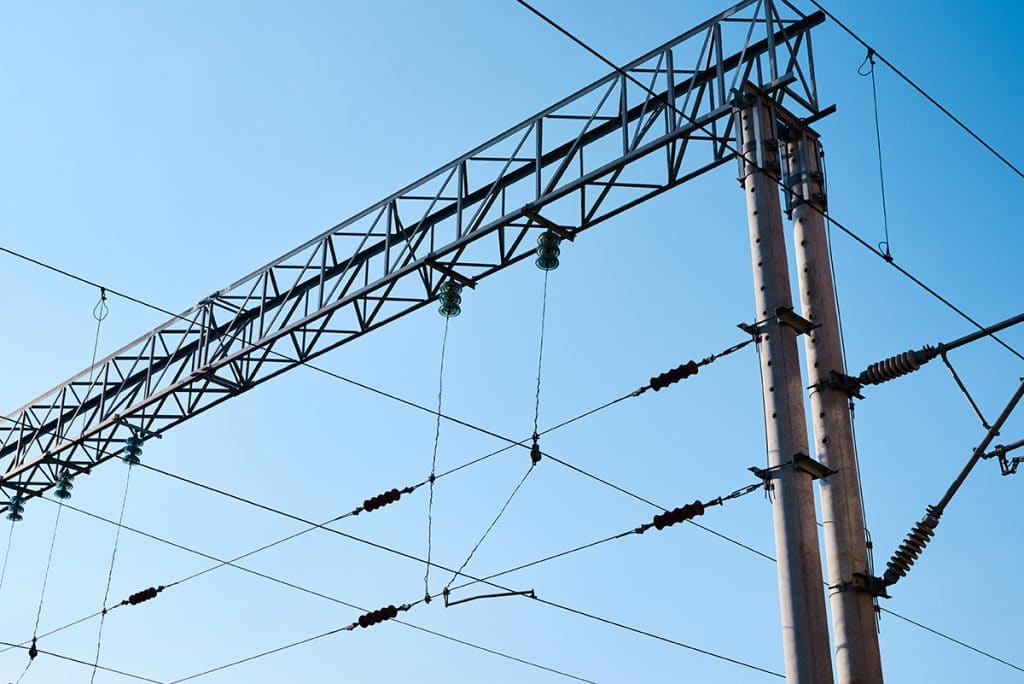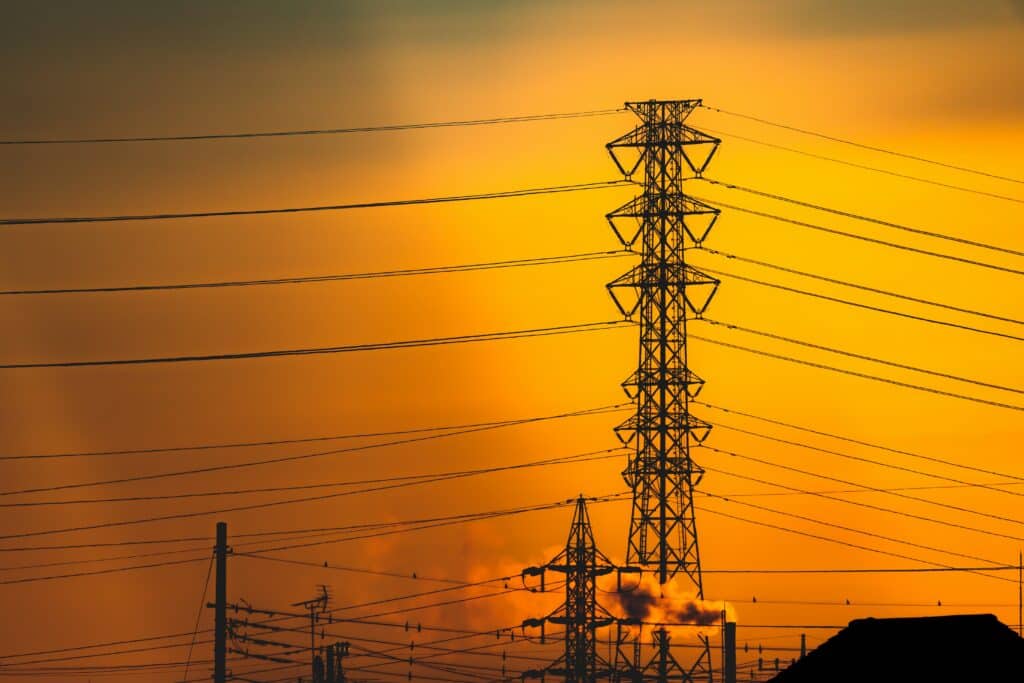Looking at Covid-19 crisis from the EU electricity wholesale market
Some thoughts on implications of Covid-19 on energy, from an experienced trader’s point of view.
This article will look at the consequences of the Covid-19 crisis on the EU electricity wholesale market and what the future may hold.
Foreword
Even though the number of deaths is not mentioned here, I don’t forget that this is first and foremost a human tragedy. Many people are losing their lives and often their jobs. Some analysis underneath should not let us forget those issues. Protect your loved ones, your surroundings, stay safe.
I refer to a few cases in specific countries, it should not be taken as a judgement on the way those countries reacted, or not. Very often examples are quoted as they were illustrative and available. Certainly some “availability bias” there.
A lot of uncertainty is understated in what is written below. A few elements are simply factual, but their interpretation my own, as for the future, there is large uncertainty and a wide range of unknowns.
Impact on power demand
Covid-19 has many consequences in terms of energy consumption, beyond the well talked about oil consumption drop (around 20-25%) most notably due to transport restrictions, power consumptions have dropped in Europe (a lot more so far than in the US, where the drop is often in low single-digit % but now growing with a lag versus Europe)
Some countries like Italy with relatively little power demand dependency on temperature are easier to read. France is very dependent on temperature (around 2GW/C in March with strange lags), so harder to decipher in details.
Most of Europe is now in some form of lock-down. How does it translate into power consumption? Here is a summary with an extra caveat, data in those times can be subject to more mistakes than usual and are harder to check
- Italy -25 % (very strict lockdown)
- France – 20 (strict lockdown)
- Iberia -18 % (very strict lockdown, business stopped in Spain)
- Benelux -18 %
- UK -12 %
- Germany -4 to -10 % (data are hard to interpret, a lot of decentralized production)
- Poland -8%
- Nordic very little change.
So, at first glance, a very significant impact in some countries with a good correlation with the strictness of confinement measures. My understanding is that drop in power demand in the US is for now much more limited even with significant confinement, but growing impact.
The Italian case is interesting as it has cleaner data as there is little electric heating there (in France it creates a total mess to decipher). Temporal evolution is telling:
Italian hourly power demand, first peak on the left Monday 17th February, first local lockdown 21st February
Italy was the first country hit very badly and started constraining movement in a few places in the industrial North on Friday 21st February. It had an impact of 2-3% demand on the following Monday 24th, but soon on Wednesday demand was just back up as if nothing had happened. It is only when a much stricter lockdown was imposed, that demand really fell. It is only on the 9th March that demand started to fall significantly and in the following days. As measures became stricter and stricter, with eventually all industry stopped, demand stabilized at 25% lower than originally.
This pattern seems to be found elsewhere, just indications of “requests to work from home and the rest” did not impact power demand much (it may impact spread of virus though).
All in, as of 6th April, impact on power consumption in Europe, out of 400 GW is around 40-50 GW drop, say a little above 10 %. Countries with stricter lockdown experience a drop of around 20%, just economic slow down without restriction does not seem to impact demand significantly at this stage, that may well change later.
Impact on gas demand
Last weeks have been significantly colder than average in Western Europe. Some places experienced the coldest temperatures of the Winter (which was record mild though), so a week ago gas demand was overall slightly higher than last year, but that was most likely just the result of unusual weather.
Gas being in most countries of Western Europe the marginal fuel, the drop in power demand has immediately ceteris paribus a very significant impact on gas demand. If the full 50 GW was purely gas, that would mean a drop of more than 200mcm a day (20% of total gas demand in Europe for all usage). But some of that drop has been addressed by coal burn being further down to the bare minimum in most countries of Western Europe, drop in gas burn for power probably no more than 100-150 mcm per day, simply because there is not that much gas running in the first place in Europe especially in springtime.
But there has also been quite significant drop in industrial demand for gas. So, overall gas demand for all usage seems down 150-200 mcm/day that is around 15-20%, across Europe.
Impact on prices
Power is hardly a “raw material”, it is the result of other “commodities”. As mentioned, currently gas is very often the marginal fuel, directly when it runs, or indirectly through imports/exports, or through storage of water (water valued versus gas).
Gas/LNG prices have been trending down since 2012, after the massive price surge following Fukushima Daiichi disaster in 2011. Sometimes with significant blips like in 2016 when China decided to import a lot more coal to save its mining industry. Looks weird is it not? Well, coal prices had fallen so much in early 2016 that not only it was putting European power utilities on their knees through low power prices (forward calendar had dropped to €26/MWh in France and €20 in Germany), but it was also jeopardizing the entire mining sector in China. Chinese authorities decided to force significant reduction of local coal production, which led to a lot more imports that led to much higher coal prices across the world, and saving their mines (and helping European utilities a lot).
All in, in 2016, this gave a reprieve to: LNG producers and European utilities (you often find this apparent paradox that consumers of a commodity have a sound interest in a high price).
At the same time in 2016, French nuclear plants had serious issues. 2018 also provided some strong but short-lived support (very cold February/March 18 in Europe, China miscalculating and buying too much LNG, delays in new LNG shipments). But all in all, gas has been by historical standards very cheap since March 2019. It reached many times in the Summer 19, less than €10/MWh in Europe. Following even better supplies, and a record mild winter 19-20 overall in the populated areas of the Northern Hemisphere, gas in Europe (the only genuinely deeply traded sink) was probably heading towards a repeat or even deeper glut. Covid-19 has accelerated this and increased the drop in prices, so currently spot TTF trading at €7/MWh, with obviously stocks way above last year (more than 20bcm more than in 2019, representing 25% of all storage capacity), with little demand to come and a stubborn supply most notably from Norway, USA, Qatar, and Russia (by far the biggest suppliers of gas to Europe).
Drop in gas prices went alongside a drop in EU ETS from around. €23-28/MT (level it had stayed around in 2019), to €15/MT before bouncing back above €20/MT (as of 6th April). So marginal cost for power came off significantly, but then on top “producer margin” = Clean Spark Spreads shrank a bit. Therefore, prices came off hard; all three components falling, power price is easy to understand, it is Gas + EUA (aka EU ETS) + margin, unless it is €0/MWh, a spate of prices at just marginal cost (around €20-25/MWh), and in off peak hours, many prices around 0.
Entire curve reacted (gas and power), back end came off much less (as it should). It is hard to tell what those markets will do in the coming weeks, months or years.
I am not saying that to avoid ridicule later (a little bit of that though), but more realizing that many big events have had over the years either a business as usual outcome, or maybe the exact opposite of the “first order” impact over a longer period. Take Fukushima Daiichi disaster in 2011, one of the major impacts on the gas and especially LNG markets was to create a massive shortage and a spike in prices, significantly above $20/mmbtu, many fortunes and careers were made on this. Everywhere in the world where there was a possibility to find gas to liquefy, people started drilling and cooling gas.
So much that they found a little bit too much of it. By 2015, it already appeared in the LNG market that there were probably a few too many projects; but it was a difficult message: how do you explain to the LNG producers AND buyers that prices could or would keep falling? In 2019, LNG prices in Europe and Asia seemed safely below $4/mmbtu, 2 months ago a few cargoes changed hands below $3/mmbtu, a week ago below $2/mmbtu off the coast of Europe. $20 was too high, $2 is too low, not much of an information though.
An interesting case where both sellers and buyers are suffering from a collapse in prices, but also an idea of the range of prices that can be experienced following a dramatic event. At the same time, follow-ups of massive events do not always create massive volatility. In the second half of 2009, energy markets experienced a relatively low volatility. There is uncertainty is the level of uncertainty.
You may though think that it is creating some tightness down the line for some power markets, France in particular due to more difficult nuclear maintenance, but I absolutely don’t take the same argument that it creates tightness for storable commodities. In the end, they are being stored as we speak. It will take a few months to go through additional gas storage, even longer for the 500m to 1bn bbl of oil that is being stored.
For power, “bearish can be bullish later”; for oil, first order “bearish means bearish” for some time: it took a lot of (excessive) efforts by OPEC to rebalance (too much) the market in 2009-10 because of massive original storage.
C like Covid-19, C like Credit
When I joined the financial industry 20 years ago, one of the first lessons I was taught and told repeatedly, even though my job of power trader had little to do with it was: in finance, credit is everything and everywhere. Well, it happens that one month after my first professional trade, Enron went under (December 2001), I don’t claim responsibility.
Then there was Lehman Brothers in September 2008. Each time there was a massive wake up call : credit is everywhere even when you don’t see it. What we saw is that after both those events, rules of dealing were significantly altered. For instance in Europe, where bankruptcies in utilities pre-Enron were virtually unknown, widespread credit support was put in place soon afterwards.
After Lehman 2008, relationships changed again: usually full margining for most transactions through Credit Support Agreement (CSAs). There are some exceptions, but usually actors are quite careful and when they are not, well they then often pay the price (their shareholders pay usually). In any case, banks value and calculate nowadays very carefully the cost of credit (CVA adjustments)
What about Covid-19/Credit in commodities? If I had to make a forecast, it would not be on price at all, but in the fact that credit in the very broad sense is likely to significantly change. Why? Lesson number 1: credit is everywhere. Lesson number 2: willingness to pay is key to credit.
All those events of Force Majeure that started in China for LNG and then moved to other countries, lately Pakistan and India are just part of much bigger current default of payment. Legitimate, maybe, but still very real and impactful: in many countries, customers are officially advised by governments to delay payment of some invoices (provided there is a justification, well, what justification?).
All those are in the broad sense “Credit Events”. Calling a genuine or suspicious “Force Majeure” has long lasting consequences. So does not paying invoices. Consequences for everyone. Some contracts will probably have to be changed with provisions detailing reasons for potential non-payment or for declaring Force Majeure.
Other lesson I learnt early: there are only two iron rules in finance, the rule of single price; the second one has not been discovered yet… It appeared briefly in 2008, that it was only partially right, according to your credit, prices became very, very different. Purists would say, same price adjusted for credit. True. But now: how are you going to price a commodity when the recipient may decide either not to take it when price has collapsed (“Force Majeure” never happens when prices suit, funnily people find an alternative, they say, we’ll take it anyway), or take delivery and decide that it is fashionable not to pay??
I would say, just like in 2008, very different prices will emerge depending on the conditions of payment. It is interesting to note that until now, use and abuse of “Force Majeure” and delayed payments were the preserve of the fringe, mainstream and very large reputable entities would not use them unless there was a compelling reason. This time around, it shows specific distress that so many large actors are using it.
How predictable was it? Common-sense and simple arithmetic at a premium
Truth is the first victim of war, it therefore seems that we have been at war for a while with serious escalation in fighting. Obviously, endless interrogations why having young adults falling in the streets (I had never seen before a young adult falling in the street for no reason and not standing up immediately). Why were the Chinese authorities locking down Wuhan in late January with massive concrete blocks? Response of many many medical experts: just a flu.
I don’t know many doctors, but everyone around me found that really odd. That was more than half the conversation on trading floors from end-January onwards. It did not mean anybody had the answer, but rapidly “just the flu” looked like a very bad joke to anybody with a tiny bit of common sense. It was not a problem of expertise, just those having the most piercing lack of common sense were the most vocal.
But then many amateurs started to piece a few things together and recently challenging Western governments about the genuine situation, alerting about many anomalies about what was reported officially. A few alerts were without much into them or blindingly obvious: the fact that many millions of Chinese interrupted their phone contracts should just tell us that their was economic turmoil, which we knew, satellite pictures showing that China was reducing rapidly by half its LNG imports, this is valuable information in itself but not a proof that there was a lie.
On the other hand, a few things were hidden here and there but left a few hints. Reason why I am insisting about this is that it is the daily job of a commodity trader to check and challenge official data. There are plenty of data freely available, very often of good accuracy, available on the internet, published by reputable and honest agencies. My impression, maybe because I have become a little bit better at detecting inaccuracies, is that as much as good data is available, very few journalists, CEOs, MPs, ministers, regulators think about just looking at those data. I see a growing disconnect between what gets reported by large companies in an aggregated format and what they sometimes themselves publish on the side. Understand: many corporations keep publishing contradictory data. It is at the very least funny to track and shows how information can get lost or twisted in corporate wires.
So maybe a side lesson of this crisis is: there are plenty of available data/pictures that often only require common sense to understand, a few additions (no advanced mathematics, we are talking early primary school level, level of an 8 year old), so maybe those communicating official numbers of consumption of oil (remember those who kept explaining very late that oil consumption would only grow 1mbb/d in 2020, which is more than it did in 2014)?
Some are attacking (self-proclaimed) experts, but sometimes just a little bit of common sense and simple arithmetic would give a clearer picture. We cannot attack experts if we don’t ourselves exercise judgment. Hopefully lesson will be learnt by all of us: stop publishing obvious mistakes, and if you do, correct fast.
Last legal point: curse of plausible deniability
This point is related to all of the above. 2008 was an enormous shock and it put some very specific burden on the shoulders of many managers with financial responsibilities. If they were aware of some anomalies, they had from then on to do everything in their power to rectify/alert, even it had very little to do with their specific job.
Well, a way to have less worries on this subject is to be less informed, and to avoid asking tough question. Example of super tough question: are you sure this is just flu? Are you sure oil consumption is gonna be so strong even though there was already an economic crisis looming in Q4 2019? Are you sure the aggregated data are correct even though they are in total contradiction with our raw data?
I am sometimes baffled by what I think is genuine ignorance of what is going on by some CEOs et al.. My only conclusion is that it is partially (only partially other items are at play) lasting impact of the 2008 crisis in the way it has given an incentive for not being informed, it gives the absolute plausible deniability. Best way to exercise it is to make sure you are not informed. QED (“Quod Erat Demonstratum”). Sometimes it shows on the decision making process. It can come down to a simple question: are you ready to contemplate handling part of the truth, or maybe just “you can’t handle the truth” (quoting Jack Nicholson in “A Few Good Men” 1992).
What will Covid-19 bring?
Even though it is my job, or maybe because it is my job, I will refrain from price forecast. I would think that the major areas to look for change are: Credit management in all its facets, this will most likely create a big change in contracts. I have pointed out that the notion of Force Majeure will have to be revisited, conditions of payments will be reassessed as they were drastically after 2001 (Enron) and 2008 (Lehman). Those reticent to reassess these points are likely to be soon out of business or just dealing with themselves, or worse, only dealing with counterparties that will either not pay or not deliver.
A broader scope is use of freely available information. There have never been so many data available, often very little scientific treatment is required, a few additions in a humble spreadsheet can go a long way, use of common sense…. It seems to me that a lot of decision makers have purposefully put themselves in an ivory tower where they make sure that no information that they don’t like or would prevent them from later using arguments along the lines of plausible deniability, will arrive to them, in short “we did not know”?!?!
At the same time, outside those towers, the information flows (nearly) freely, this leads to a paradox, those who could and should be the best informed, often end up being the least informed.
[1] Energy Trader at Hartree Partners London. Formerly: Head of Energy Trading at Goldman Sachs; Trader at EDF Group.






